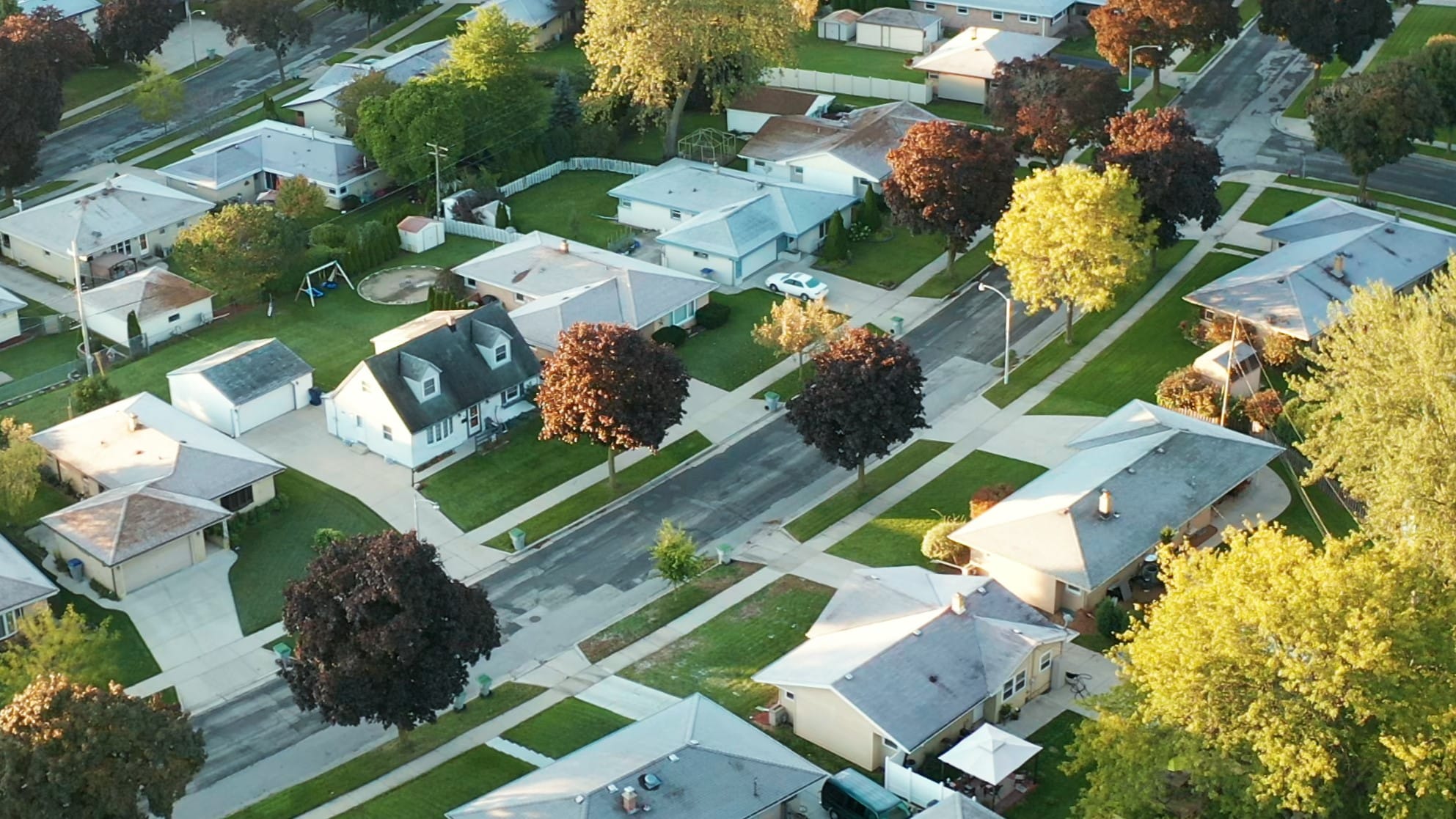At a glance
- Many public water systems over- or underestimate their service populations, which can cause inaccuracies in estimates of state service populations.
- CDC adjusts these reported estimates by incorporating published population data from additional trusted sources.
- This results in more accurate measures of the population served by community water fluoridation.

Overview
Participating state drinking water or oral health programs submit data for each community water systems (CWS) into the Water Fluoridation Reporting System (WFRS), the principal tool CDC maintains to help states manage the quality of their water fluoridation programs. The data submitted include the population served (called CWS service populations) and water fluoride concentration.
Each year, CDC works with state programs to improve the accuracy of these data by identifying and correcting discrepancies between WFRS and the Environmental Protection Agency's Safe Drinking Water Information System. Biennially, CDC summarizes available WFRS data into National Water Fluoridation Statistics.
Fluoridated Water Systems
Adjusting estimated CWS service populations
The CWS service populations that states report to WFRS are estimates, typically based on an assumed number of people residing in each household connected to a water system. Because these estimation methods are subject to either under- or over-estimation, CDC adjusts these reported CWS service populations so that they more closely reflect the true service population.
CDC’s adjustment method incorporates two established estimates: the United States Census Bureau (USCB)1 State Population Estimates, and the U.S. Geological Survey (USGS)2 estimate for the Percent of State Population on CWS. The USCB publishes state population estimates yearly using state-of-the-art population projections. The USGS estimate is published every 5 years and includes an estimated percentage of each state's population served by public water systems. This estimate accounts for residents who receive water through private water sources, such as private wells.
Each state's total adjusted CWS service population (Pstate,year) is calculated by multiplying that year's USCB State Population estimate by USGS's most recent Percentage of State Population on CWS estimate.
Each individual CWS service population reported into WFRS is then proportionately adjusted using a multiplier, cstate,year.
Finally, the total fluoridated CWS service population for each state is estimated as the sum of all adjusted service populations for each fluoridated CWS within the state.
The percentage of population served by CWS that receive fluoridated water is determined as the state's total fluoridation CWS population divided by Pstate,year.
Adjustment methodology, 2012–2014
Prior to 2016, CDC used a simpler adjustment methodology for the release of 2012 and 2014 National Water Fluoridation Statistics. More information on the difference in methods, evaluated improvements, and implications for comparability of fluoridation statistics over time is available through a paper describing the Effect of CDC Adjustment of State-Reported Data on Community Water Fluoridation Statistics.
- U.S. Census Bureau. State Population Totals and Components of Change: 2010-2019. Accessed April 4, 2024. https://www2.census.gov/programs-surveys/popest/tables/2010-2018/state/totals/
- U.S. Geological Survey: Maupin MA, Kenny JF, Hutson SS, Lovelace JK, Barber NL, Linsey KS. Estimated use of water in the United States in 2010. U.S. Geological Survey Circular 1405. https://doi.org/10.3133/cir1405.
- Hamilton EK, Griffin SO, Espinoza L. Effect of CDC adjustment of state-reported data on community water fluoridation statistics. J Public Health Dent. 2023;83(3):320–324. DOI: https://doi.org/10.1111/jphd.12579
